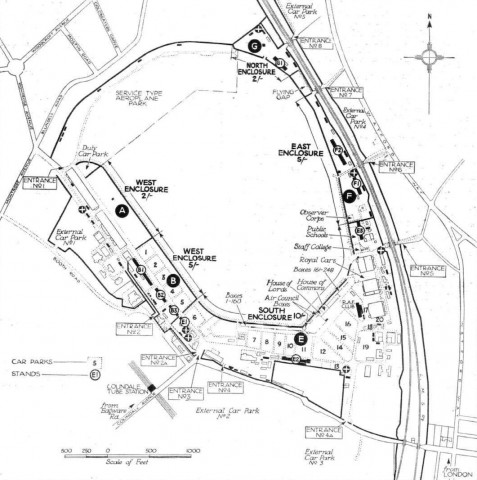It’s now a year since my article ‘The air panic of 1935: the British press between disarmament and rearmament’ was published in the Journal of Contemporary History. As noted noted previously, as it was with SAGE this means I can now self-archive the accepted version (i.e. which has passed peer review).
This is the abstract:
The British fear of bombing in the early 20th century has aptly been termed ‘the shadow of the bomber’. But the processes by which the public learned about the danger of bombing are poorly understood. This paper proposes that the press was the primary source of information about the threat, and examines a formative period in the evolution of public concern about airpower, the so-called air panic of 1935, during which German rearmament was revealed and large-scale RAF expansion undertaken in response. A proposed air pact between the Locarno powers enabled a shift from support of disarmament to rearmament by newspapers on the right, while simultaneously supporting collective security. Paradoxically, after initially supporting the air pact, the left-wing press and its readers began to have doubts, for the same reason: the need to support collective security. This episode sheds new light on early rearmament, and how the government was able to undertake it, despite the widespread feelings in the electorate in favour of disarmament.
And the article itself can be downloaded from here or from the Downloads page.
![]() This work is licensed under a Creative Commons Attribution-NonCommercial-NoDerivatives 4.0 International License.
Permissions beyond the scope of this license may be available at http://airminded.org/copyright/.
This work is licensed under a Creative Commons Attribution-NonCommercial-NoDerivatives 4.0 International License.
Permissions beyond the scope of this license may be available at http://airminded.org/copyright/.




What has come to strike me as odd about the 1935 air panic is the way that it coincides with a major speculative bubble in air manufacturing stocks.
One take on this is fairly simple. The RAF was expanding, government money went to support increasing production capacity, there were profits to be made, and the profits would be all the greater if the expansion were greater. As Brett notes in his article, there is a standard left critique of the many British defence panics that pretty directly links them to profiteering.
And yet, and yet…In spite of this critique, the panic eventually led to a nonpartisan consensus in favour of RAF expansion, albeit one with different rationales depending on political tastes.
How did that happen? One the one hand, a full-blooded cultural analysis is needed. We need to know more about how the teratology of the air delivers cultural goods.
On the other, I don’t want to abandon the profit motive, but rather expand it. As long as we think of the aviation industry as an isolated and not very efficient sector employing 30,000 workers or so, it is hard to see it acquiring a broad political base. Taking spin-offs into account, including ones that impact on newspaper owners and trade union membership, as I would argue the air buildup did, and you can see how the political nation could eventually get behind handing itself a great many more aviation dollars from the public purse.
Could that be part of the point of aviation teratology? That it creates a narrative about how spending on planes could make everyone’s lives better without making bloodless claims about how better carburettors are going to lead to new-fangled computers?
I have to admit that it would take dazzling spin to turn menacing mystery planes and probe-happy Greys into reason for hope, though….
Thanks, interesting comment! I’m not sure I’d agree that the 1935 panic produced a nonpartisan consensus in favour of rearmament, though — a broad consensus, yes, but the left rejected it for a long time in favour of ARP (when they didn’t reject it in favour of disarmament). Deep shelters, for example, were a big issue in 1938 and 1939.
‘This’, as they say on the internets. Susan Grayzel’s recent At Home and Under Fire is a useful contribution here.
I would see that as fear being a driver more than hope — fear is what causes panic, after all. But it’s not an either/or situation, you’re right that there’s more going on, and there can be a positive narrative as well as a negative one. Also I think it’s characteristic of panics (defence or otherwise) that people with diverse motivations attempt to use them for their own ends. Not necessarily in a cynical or even a knowing way, either: people become aware of new ‘facts’ and naturally interpret them according to their worldview.